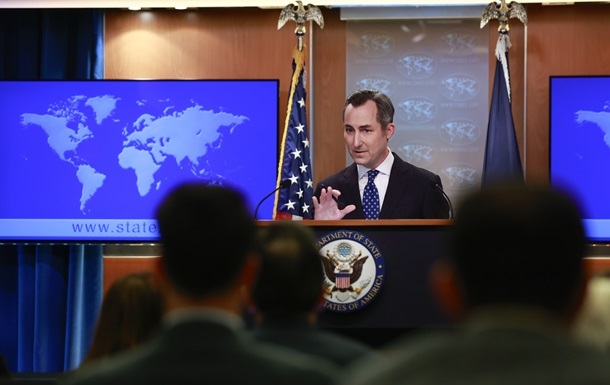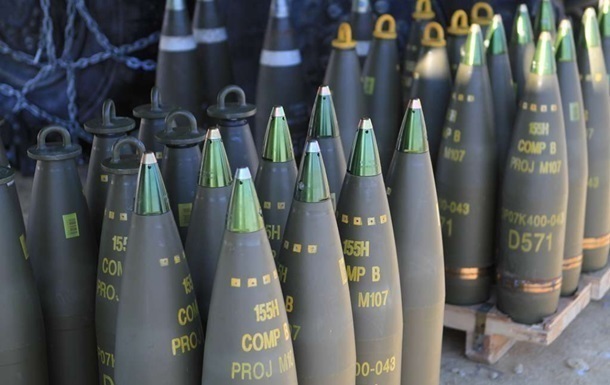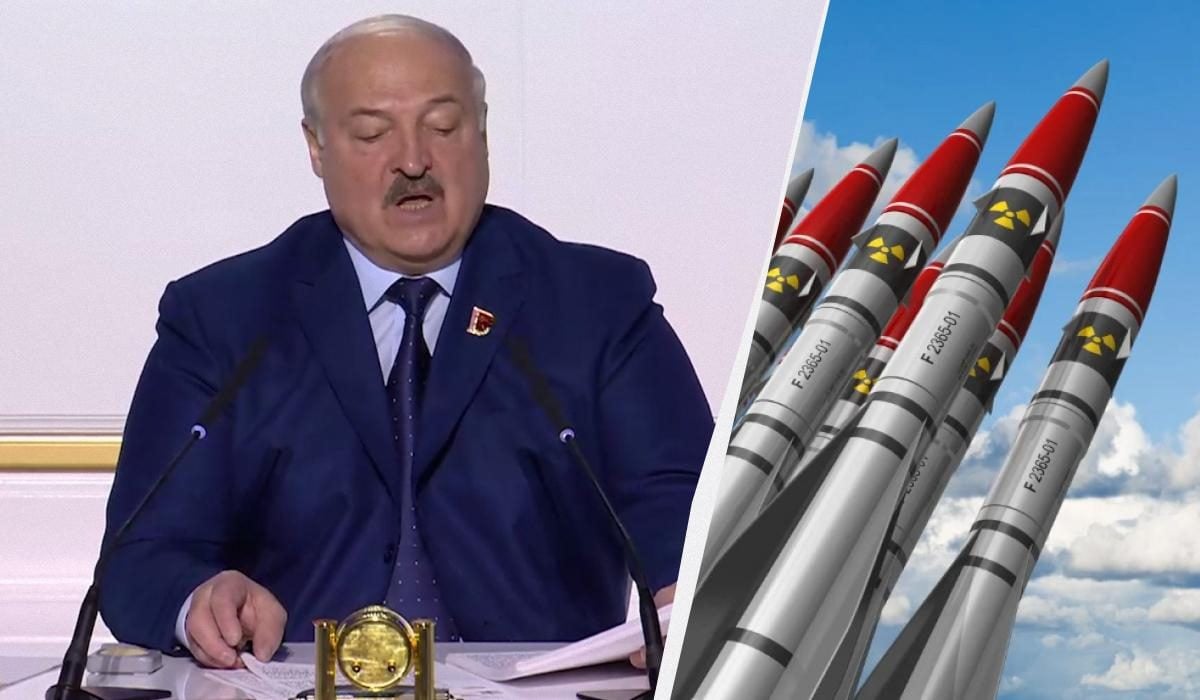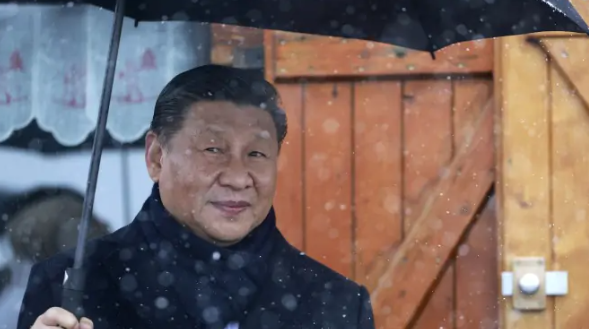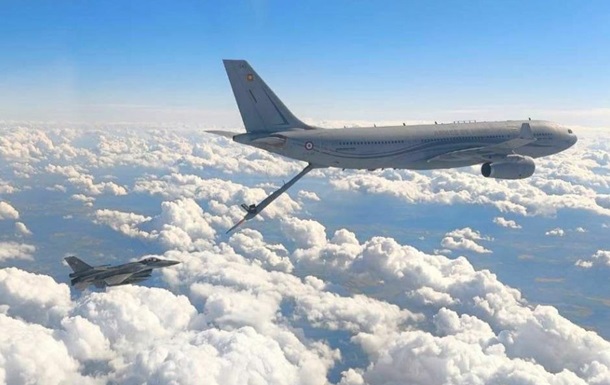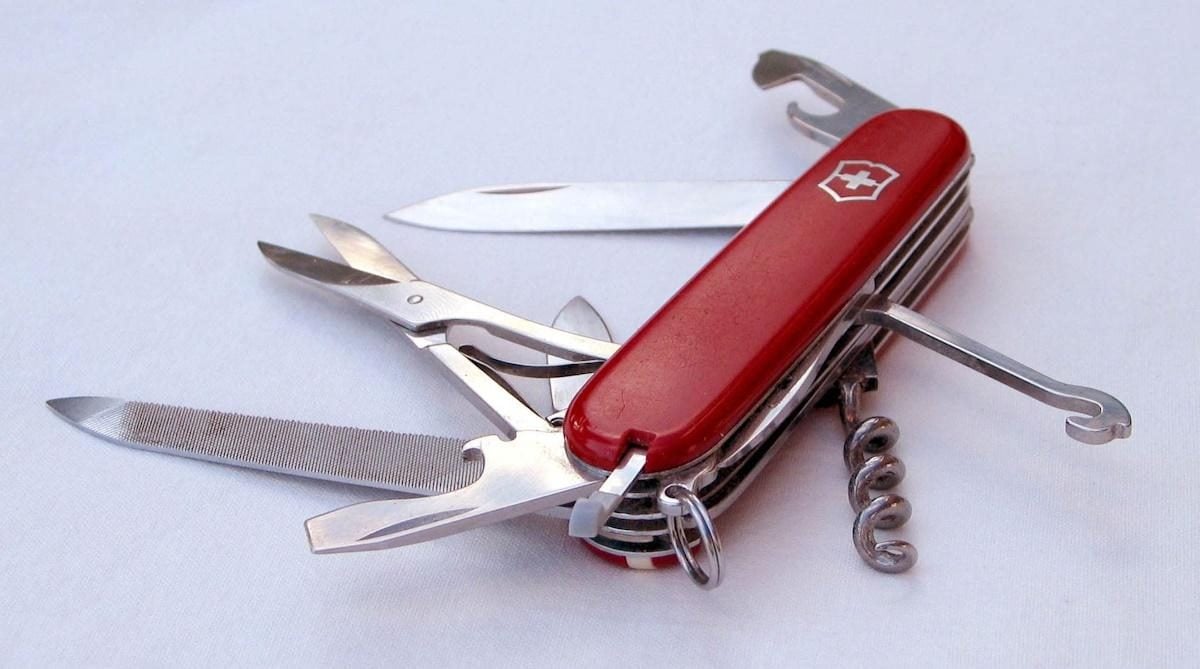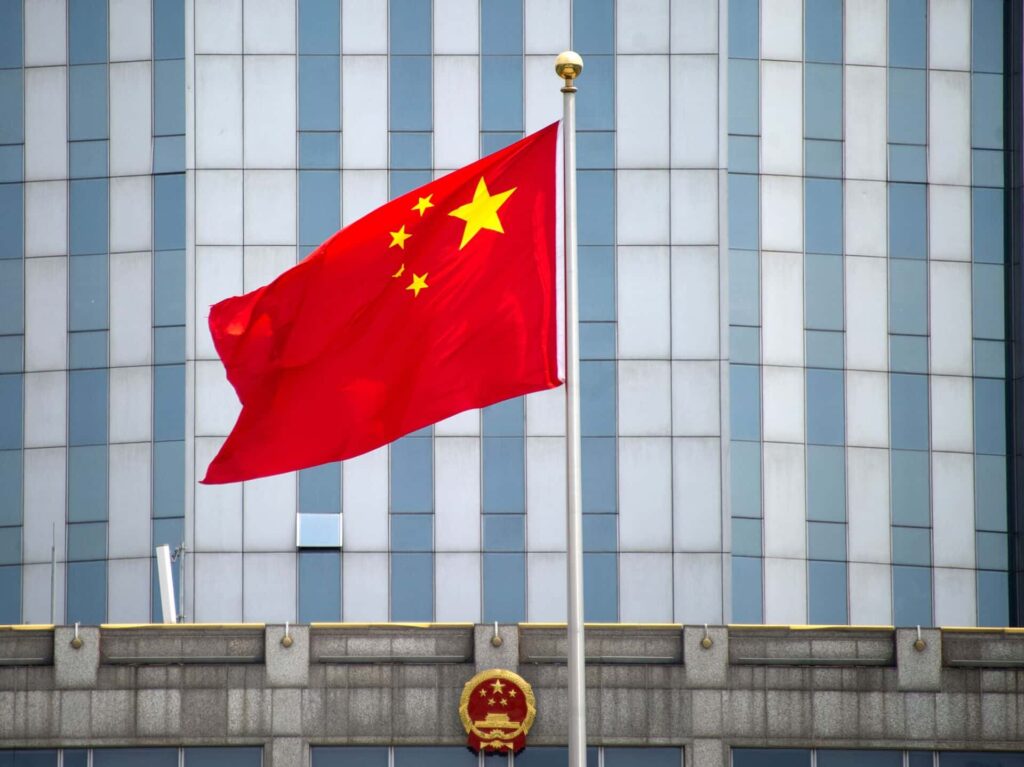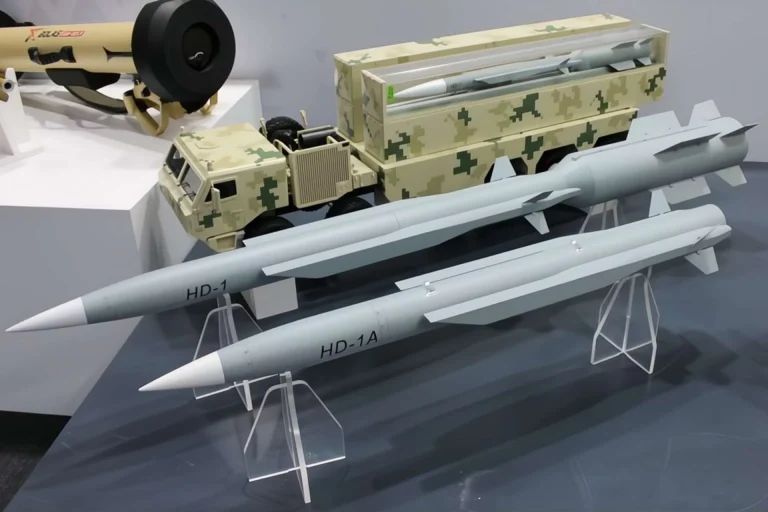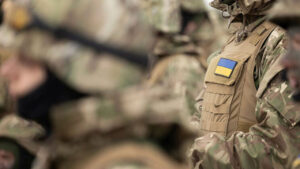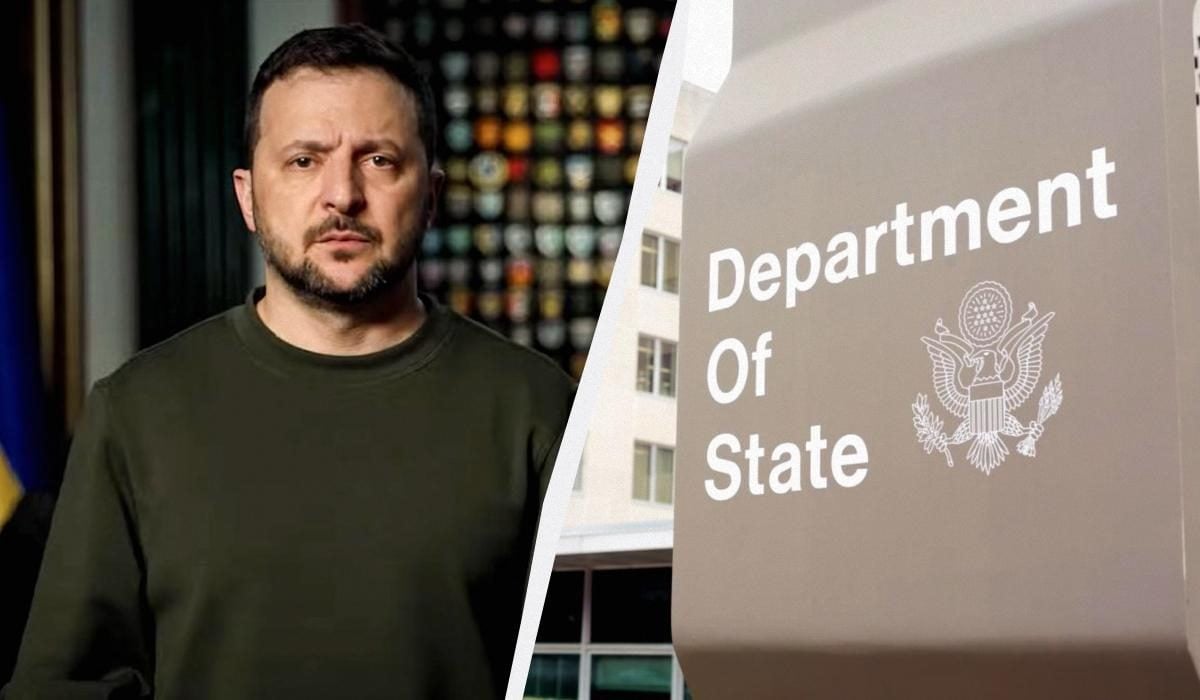As a result of a significant change in the dynamics of global arms exports, Russia has fallen from its former second place to third. This information comes from a detailed report by the Stockholm International Peace Research Institute (SIPRI).

Details
According to the latest data published by SIPRI, Russian arms exports fell sharply by 53% between the comparative periods of 2014-2018 and 2019-2023.
This decline in arms exports is further highlighted by a year-on-year comparison, showing a 52% decline in volumes from 2022 to 2023. The coverage of Russian military equipment has also declined markedly, with only 12 countries listed as recipients of major Russian equipment or weapons in 2023. This is a sharp decrease compared to about 2019 countries recorded in 30.
Several key factors contribute to this sharp decline. The ongoing hostilities in Ukraine have forced Russia to redeploy its weapons domestically to compensate for significant losses on the battlefield. This internal arrangement of priorities naturally led to a decrease in export volumes. In addition, the reaction of the international community to Russia's actions in Ukraine played a decisive role. The risk of sanctions and global condemnation of Russia's involvement in the war scared away potential customers, which led to a decrease in demand for Russian weapons on the world market.
This turn of events marks a pivotal moment in the international arms trade, changing the landscape of global military exports. The consequences of Russia's shrinking arms export capabilities go beyond economic indicators, potentially altering strategic alliances and defense cooperation on the international stage.
The UK Ministry of Defense Intelligence, which released its SIPRI findings on 17 March 2024, notes that this decline in Russian arms exports reflects wider geopolitical shifts and highlights the far-reaching impact of the war in Ukraine on global military and defense trade networks.
Despite a 53% drop in arms exports between 2014-2018 and 2019-2023 and a further decline in the number of countries receiving Russian military equipment, the increase in domestic production underscores Moscow's strategic shift toward self-sufficiency and operational readiness on the battlefield. Declining exports combined with the need to compensate for ongoing losses on the battlefield in Ukraine have prompted Russia to prioritize increasing its own military arsenal over international sales.
The Russian defense industry is reportedly working at an accelerated pace to supply the frontline with essential military assets to replenish and strengthen its forces engaged in the war. This step is aimed not only at maintaining the intensity of military operations, but also at adapting to the new tactical requirements of war.
The shift to strengthening domestic military capabilities reflects the broader implications of the war in Ukraine for Russian defense policy and strategy. As international sanctions and global condemnation curb Russia's arms trade, focusing on domestic military preparedness means a strategic readjustment in response to both immediate needs on the battlefield and longer-term geopolitical challenges.
Such developments could have significant consequences for the dynamics of military operations, potentially affecting the strategic calculations of the parties involved and international stakeholders.


 126
126
